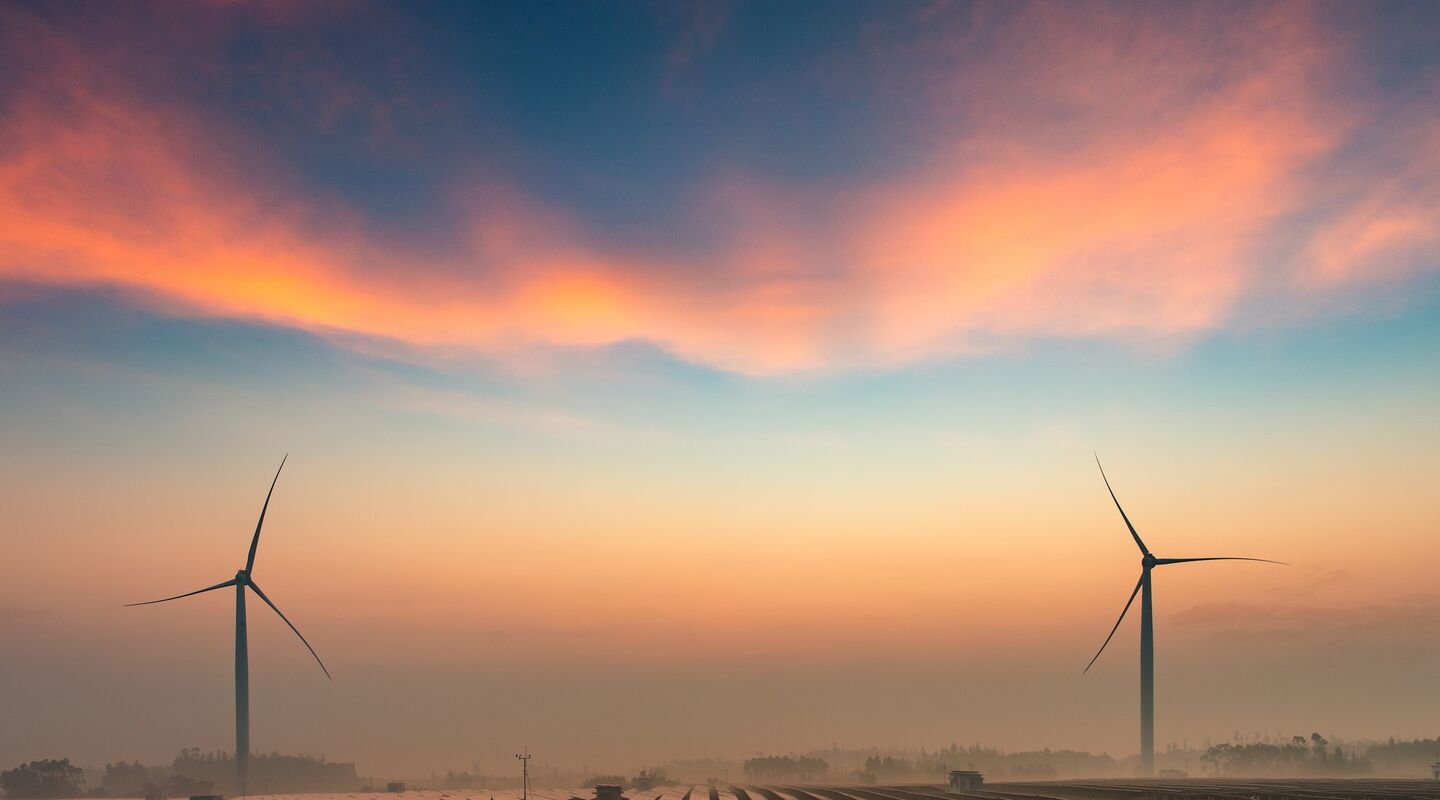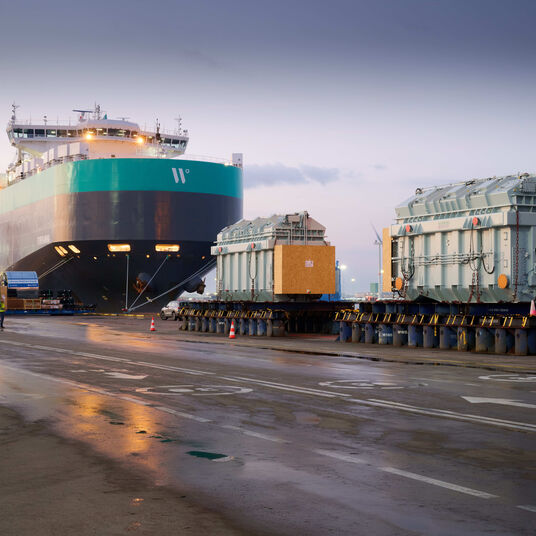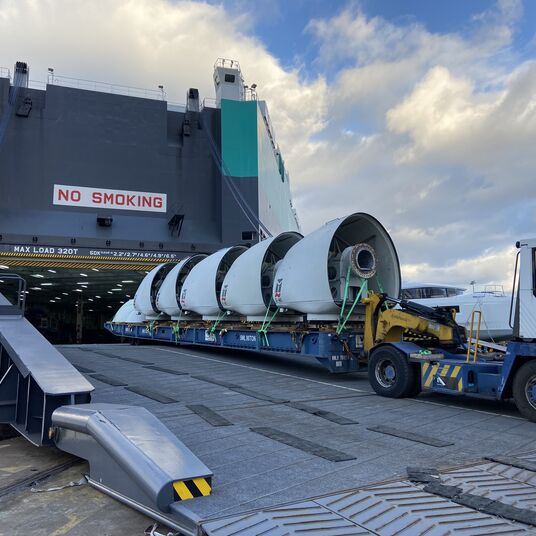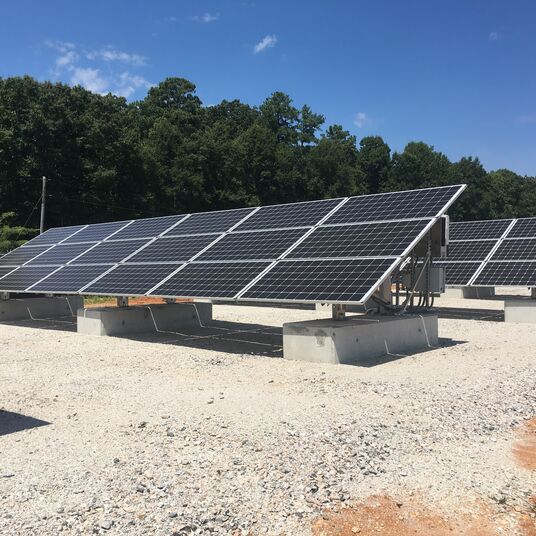What you need to know about the evolution of wind power
For centuries, we've harnessed the wind, from powering ancient ships to milling grain. Today, it's taking center stage as we shift towards a cleaner, sustainable future. With the help of our experts Magnus Ödling, VP Global Industrial Account Development, and Jesper Lagerbäck, Business Development Manager, Global Industrial Account Development, we take a look at the evolution of wind power.

Blowing strong: The growth of wind power
From humble beginnings with just 6.5 GW of power generation, wind power has soared to impressive heights. By 2022, it generated an astounding 906 GW, accounting for around 7% of the world's electricity. And it's set to climb even higher.
Wallenius Wilhelmsen is proud to play its part in this transformative journey. Leveraging our expertise in shipping, we're delivering the essential components that make wind power possible.
“Wallenius Wilhelmsen has extensive experience in shipping components for power generation. Our vessels are designed and built for heavy, out-of-gauge, and hard-to-handle breakbulk and we have a fleet of versatile equipment. To ensure safe handling we have a specialized technical team, planning and supporting your move,” says Lagerbäck.
Winds of change
The journey isn’t without its challenges. As the industry grows, it's facing economic headwinds.
Jesper says: “It is evident that we are moving from a period of tremendous growth and innovation to more difficult financial times with tighter oversight. We are seeing a financial crunch with the era of cheap money ending and prices for commodities on the rise,” he continues, “The question is if the industry is just taking a breathing pause or if it is entering a new tougher phase.”
Scaling new heights: The growing size of turbines
Wind turbines aren't just becoming more prevalent; they're also getting bigger. As Magnus points out, "The new generation wind turbines have unfortunately out-grown our RoRo vessels, but for small on-shore wind turbines, we will be able to carry anything from the tower and blades to the actual nacelle.”
While size has its advantages, it also brings challenges, especially in logistics. Bigger turbines mean bigger parts, which can be difficult to transport, but with our experience and specialized equipment, we're ready to help our customers meet these challenges head-on.
Not only that but “we can also draw on the expertise from the extended Wallenius Wilhelmsen group and support your business through companies like Elevon which solely focuses on project logistics for the wind power industry,” says Jesper.
Here to help: Our role in wind power
“We can play a vital part in the supply chain of inbound components such as generators, gear sets, bearings, and drive shafts. The surrounding infrastructure like cable drums are also highly suitable for our RoRo ships. Our global liner service is a perfect fit, reducing stock build-up and unlocking just-in-time delivery," says Magnus.
The future is wind: Embracing a wind-powered future
As we look ahead, there are opportunities. As turbines age, we need plans for responsible retirement. Moreover, standardizing turbines could make the industry more efficient and cost-effective.
“Due to its relative youth the industry has so far not had to deal with end-of-life wind turbines on a large scale but will need to find an answer to what to do with around 200GW of on-shore wind projects reaching their end of operating lifetime by 2030,” says Jesper.
But one thing is clear: Wind power is here to stay, and Wallenius Wilhelmsen, together with partners and customers, is ready to help shape the future, by helping create a cleaner, greener path for all.


